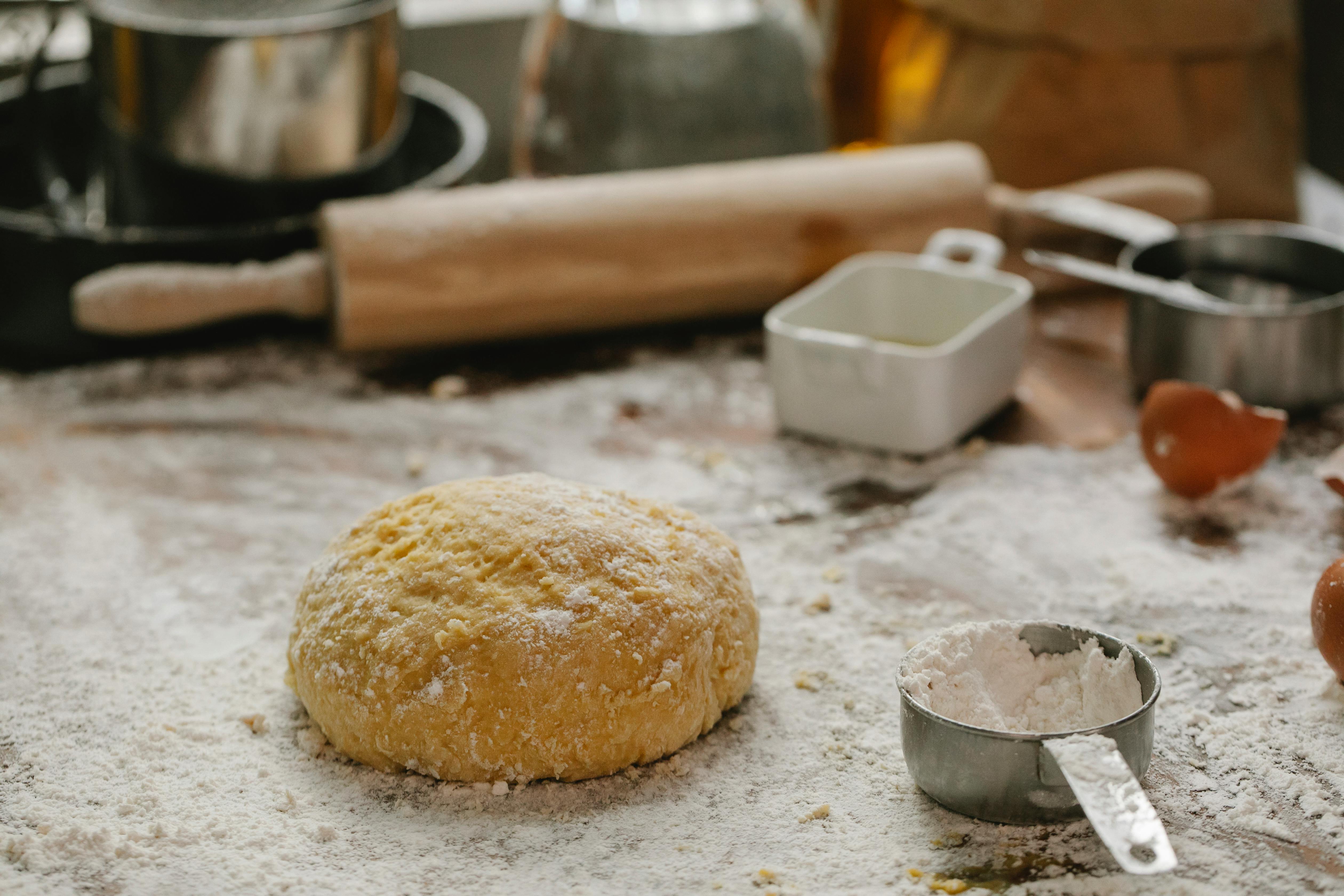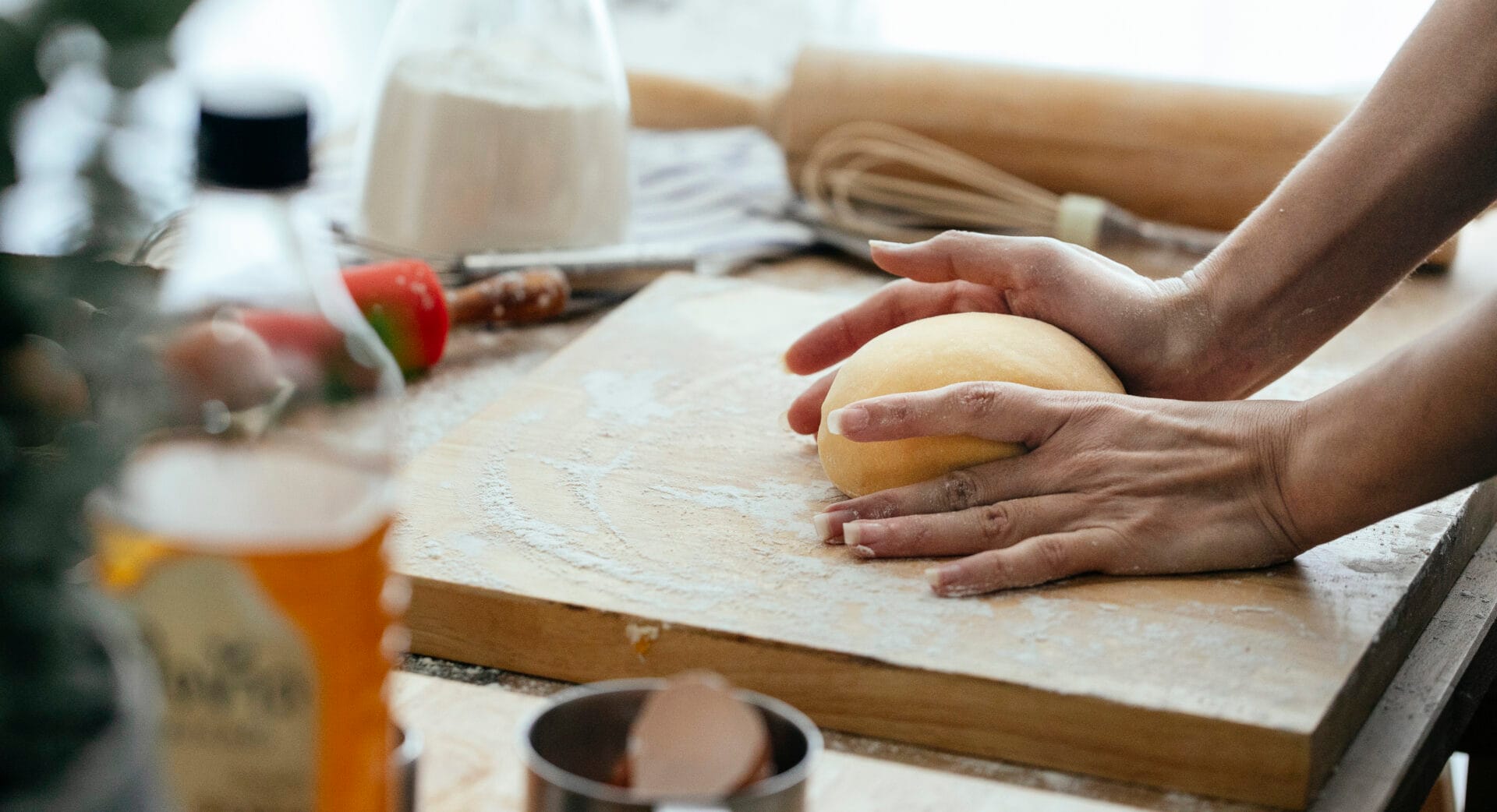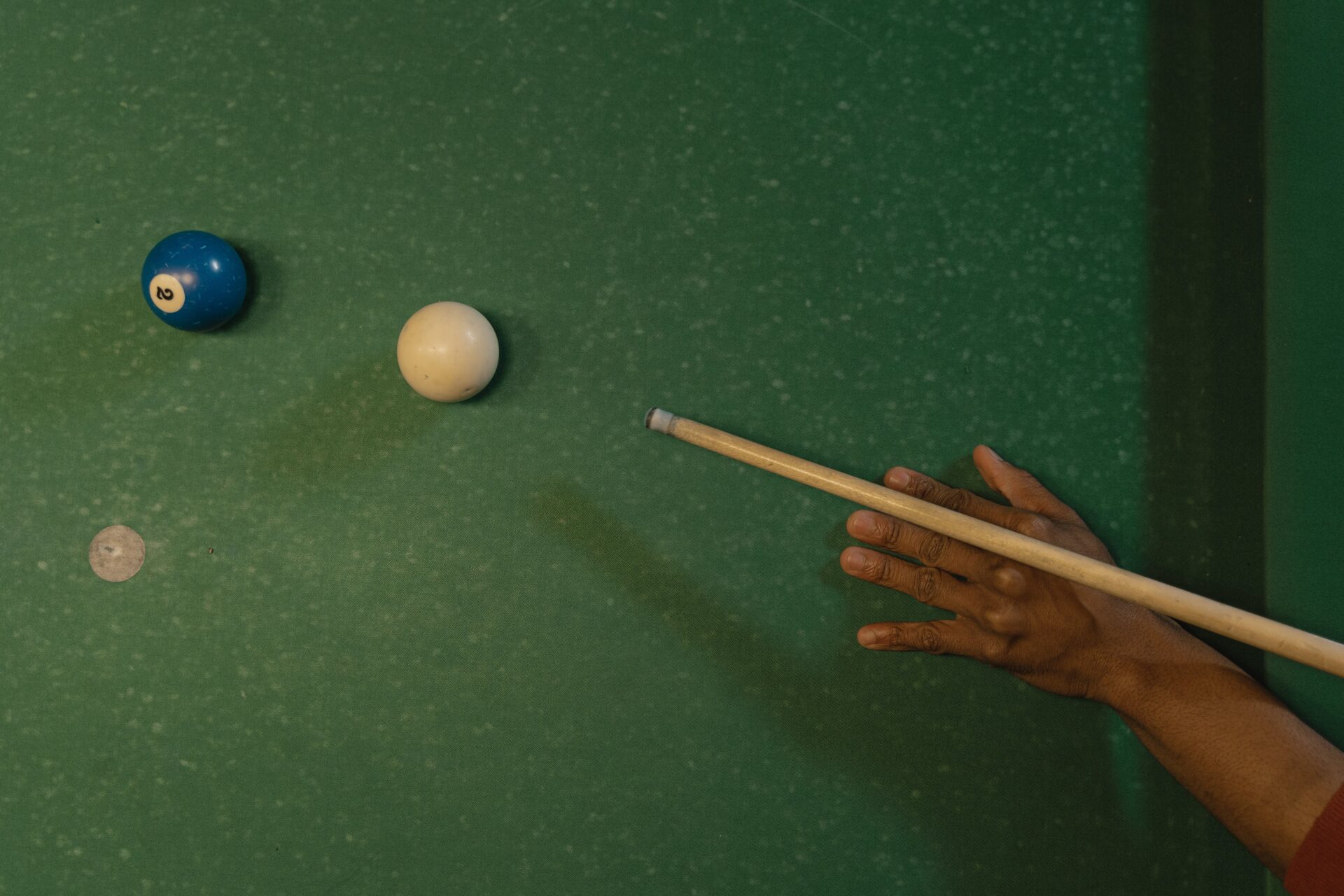Making a dough ball for fishing is an easy and effective way to catch fish. It is a great method to use when you are fishing in shallow waters or in areas with heavy vegetation. Dough balls are a great bait for attracting fish because they are made from natural ingredients and they create a scent that is attractive to many species of fish. In this article, we will discuss how to make a dough ball for fishing. We will go over what ingredients you need, the steps to making the dough ball, and tips on how to get the most out of your bait. So, let’s get started!You will need the following items to make a dough ball for fishing: 1 cup of flour, 1/4 cup of cornmeal, 1/2 teaspoon of sugar, 1 teaspoon of baking powder, 2 tablespoons of vegetable oil, and 3/4 cup of water.
Ingredients for Making a Dough Ball for Fishing
Making a dough ball for fishing is an effective way to attract fish. The dough ball is made from simple ingredients that can be found in most pantries. To make a dough ball, you will need flour, baking powder, sugar, salt, vegetable oil, and water.
Flour is the main ingredient in the dough ball and provides the structure of the bait. Baking powder helps to leaven and give the dough ball better buoyancy in the water. Sugar helps to attract fish due to its sweet smell and taste. Salt also adds flavor and helps preserve the bait if you are fishing over a long period of time. Vegetable oil helps keep the dough soft, moist, and pliable when it is submerged in water. Finally, water binds all of these ingredients together into a cohesive mixture that can be formed into balls or other shapes for fishing.
Once you have all of your ingredients collected together, you can begin making your dough balls for fishing. Start by combining all of your dry ingredients together in a bowl and mix them well with a spoon or rubber spatula until evenly blended. Next add in your vegetable oil followed by just enough water to make your mixture into a slightly sticky but manageable dough-like consistency. Now you are ready to form your bait into any shape you desire, such as balls or worms or even strips depending on what type of fishing you are doing.
Using this simple recipe for making your own dough balls for fishing can save you time and money while improving your success rate on the water! With just a few pantry staples and some basic knowledge about how to mix them together correctly, you will be able to make an effective bait that can help draw fish closer to your line!
Step 1: Gather Materials
Before you can make your dough ball, you’ll need to gather the necessary materials. You’ll need flour, water, cornmeal, and baking soda. Mix together equal parts of flour and water until you achieve a thick dough-like consistency. Once that’s done, mix in the cornmeal and baking soda until evenly distributed.
Step 2: Knead the Dough
Once your ingredients are mixed together, it’s time to knead the dough. Kneading helps to ensure that all the ingredients are evenly distributed throughout the dough. To knead the dough, use your hands to press and fold it until it’s smooth and pliable. This will take a few minutes so don’t be afraid to put some elbow grease into it!
Step 3: Form the Dough Ball
Now that your dough is ready, it’s time to form it into a ball shape. Place the dough onto a clean surface and use your hands to shape it into a round ball. Place one hand on top of the other and roll them around in a circular motion to form the ball shape. The ball should be about 2-3 inches in diameter when finished.
Step 4: Let It Rise
Once you’ve formed your dough ball, let it rise for at least 30 minutes in a warm environment (such as an oven). This helps activate yeast which helps give your finished product an even texture and flavor. After 30 minutes have elapsed, take your dough out of the oven (or warm environment) and let it cool down before using.
Step 5: Use Your Dough Ball for Fishing
Once you’ve let your dough ball cool down, you’re ready to use it for fishing! To do this, attach a small hook to one end of fishing line and then thread the other end through the center of your dough ball. Tie several knots along its length so that it stays secure on your hook when casting into water. Finally cast out into open water for some fishing fun!
Mixing the Ingredients to Create the Dough Ball
Making a dough ball from scratch is a simple process that begins with gathering all of the necessary ingredients. This includes flour, sugar, butter, eggs, and milk or water. Once everything is gathered, it’s time to begin mixing the ingredients together. The best way to do this is to use an electric mixer or a food processor. This will help ensure that all of the ingredients are evenly distributed and that the dough ball forms properly.
The first step in creating the dough ball is to combine all of the dry ingredients together in a bowl. This includes the flour, sugar, and any other spices or flavorings that you’d like to add. Next, add in any wet ingredients like butter, eggs, and milk or water. Once everything is combined together, you’ll need to mix it by hand until it forms a sticky dough ball.
Once you have a dough ball formed, it’s important to knead it for several minutes until it becomes smooth and pliable. Kneading helps to activate the gluten proteins in the flour which helps create elasticity in your dough ball. After kneading for several minutes your dough should be ready for rolling out and forming into whatever shape you’d like!
Kneading the Dough to Create the Perfect Dough Ball
Kneading is a crucial step in making the perfect dough ball. It’s important to knead the dough properly in order to develop gluten and create a well-textured end product. Kneading can be done by hand or with a machine, but either way it requires time and effort. The process of kneading involves pressing, folding, and stretching the dough into an elastic mass. This helps to create an even texture throughout the dough. If done correctly, kneading will help make the dough easier to roll out and shape into desired shapes. It also helps to form gluten strands that give structure and strength to the finished product.
When kneading by hand, it’s important to press down firmly but not too hard as this can damage the gluten strands. Start by pressing down with your palms at the center of the dough ball then work outward in a circular motion. As you work your way outward, use your hands to fold and stretch the edges of the dough ball inward toward each other until you have reached all edges of your dough ball. When you are finished, you should have an evenly textured elastic mass. Press down again with both palms at all edges of your dough ball for about 10-15 seconds.
If using a machine for kneading, follow manufacturer’s instructions carefully as machines can be delicate if used incorrectly. Make sure that all settings are correct before starting and use moderate speed when kneading for best results. The process should take anywhere from 5-15 minutes depending on how wet or dry your ingredients are when starting out. This will also depend on how much gluten development is desired in your end product.
Once you have finished kneading your dough properly, it’s important to let it rest for at least 30 minutes before continuing with shaping and baking. This will give time for gluten strands to fully develop which will result in a more flavorful end product. After resting time is up, you’ll have a perfectly formed dough ball that is ready to be rolled out and shaped into whatever type of bread or pastry you desire!

Shaping and Rolling the Dough into Balls
Shaping and rolling the dough into balls is an important part of baking. To make sure that your dough has the perfect shape, you need to pay extra attention to the consistency of the dough. If it is too wet, you may end up with lumpy or misshapen balls. On the other hand, if it is too dry, it will be hard to roll out into a neat ball. Once you have made sure that your dough has the right consistency, you can begin shaping and rolling it into balls. Start by breaking off small pieces of dough and shaping them into balls using your hands. Then use a rolling pin to flatten them slightly until they are about half an inch thick. Finally, place them on a greased baking tray and bake as per instructions.
Shaping and rolling the dough into balls may seem like a daunting task but with practice, you will soon become an expert in getting the perfect shape for your dough every time!
Adding Attractants and Enhancers to the Dough Balls
When it comes to fishing, making sure that your bait is attractive and enticing can be the difference between a successful trip and one that is less than desirable. That’s why many anglers are turning to adding attractants and enhancers to their dough balls. These additives can help attract more fish and make them more likely to strike your bait.
Adding attractants and enhancers to a dough ball can be done in a variety of ways. Many anglers prefer to use liquid or powdered attractants such as garlic, anise, or even scents like shrimp or squid. Others opt for adding small pieces of food such as worms or minnows directly into the dough ball.
When selecting an attractant, consider the type of fish you are targeting. For example, if you are fishing for large-mouth bass, then using a garlic scent is probably not going to be effective as it may not appeal to their taste buds. On the other hand, if you are fishing for trout then using something like anise could be just what they need to take notice of your bait.
Once you have selected an attractant that appeals to the type of fish you are targeting, it is time to add it directly into your dough balls. When doing so, make sure that you mix it thoroughly so that it is evenly distributed throughout the entire batch of dough balls. This ensures that each one will have enough attractant in it so that any nearby fish will take notice of it when they come across it in the water.
Adding enhancers such as glitter or glow-in-the-dark particles can also help draw attention from nearby fish and increase your chances of success when fishing with dough balls. The key here is not to go overboard with these additives as too much can actually cause them not to work effectively. Start off with just a pinch or two and see how well they perform before adding more if needed.
By taking the time to add attractants and enhancers when making your own dough balls for fishing, you can significantly increase your chances of success when out on the water. Not only do these additives help draw attention from nearby fish, but they also help make sure that each one has enough substance in them so that they stay on longer while casting out in the water. So next time you go out fishing give this method a try and see how well it works!
Placing the Dough Balls in Storage Containers
Once the dough balls have been prepared, they need to be placed in a storage container. It is important to choose the right size and type of container for the dough balls. A smaller container is preferable as it will help keep the dough balls from getting too large or dry. It is also important to ensure that the lid fits tightly and securely so that no air can enter and cause spoilage. If using a plastic container, it should be made of food-grade material so that it does not leach any chemicals into the dough. The container should also be labeled clearly with the type of dough and date so that it can easily be identified in the future.
The dough balls should be placed in a single layer in the storage container, making sure not to overcrowd them. This will help ensure that they do not stick together and become difficult to separate when needed. If possible, place a piece of parchment paper or wax paper between each layer of dough balls to prevent them from sticking together or becoming dry. Once all of the dough has been placed in the container, cover tightly with a lid and store in a cool, dry place until ready to use.

Conclusion
Making a dough ball for fishing is a great way to attract fish and improve your chances of catching them. With just a few simple ingredients and some basic steps, you can create your own unique dough ball that will help you have a successful fishing trip. By following the tips and tricks outlined in this guide, you’ll be able to make an effective dough ball that will attract all sorts of fish.
When making your own dough ball, be sure to use the freshest ingredients available and always store your unused mix in an airtight container to prevent spoilage. Additionally, keep in mind that the right size of the dough ball is important when it comes to attracting fish. Lastly, don’t forget to add smelly ingredients like garlic or crayfish scent to really entice the fishes.
With these tips in mind, you should now have all the knowledge necessary to make your own successful dough balls for fishing! So get out there and start catching some delicious fish!




